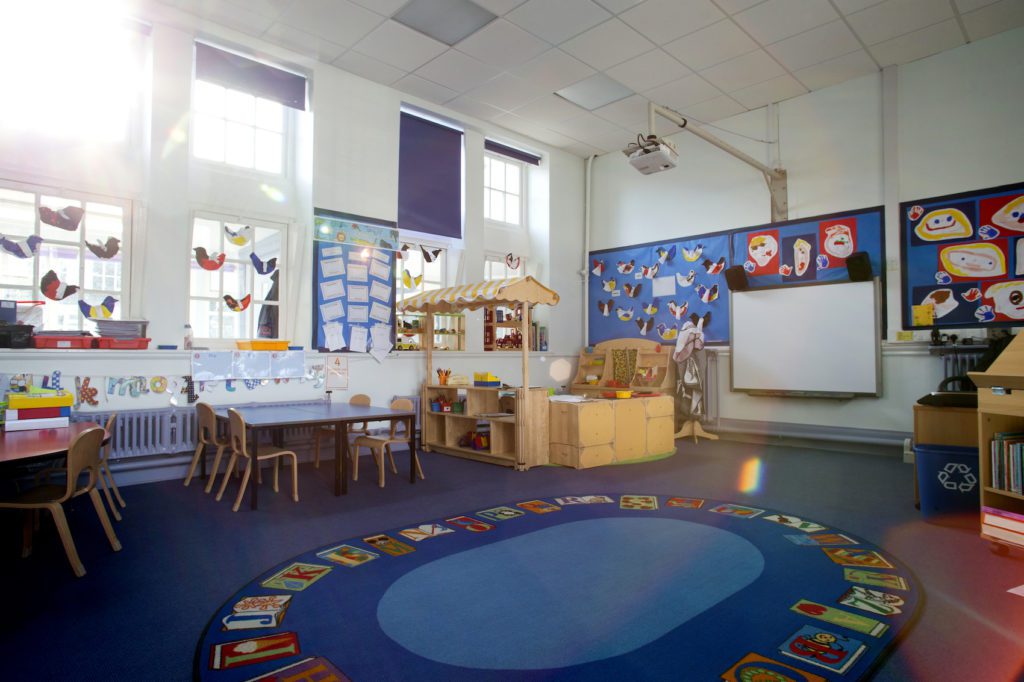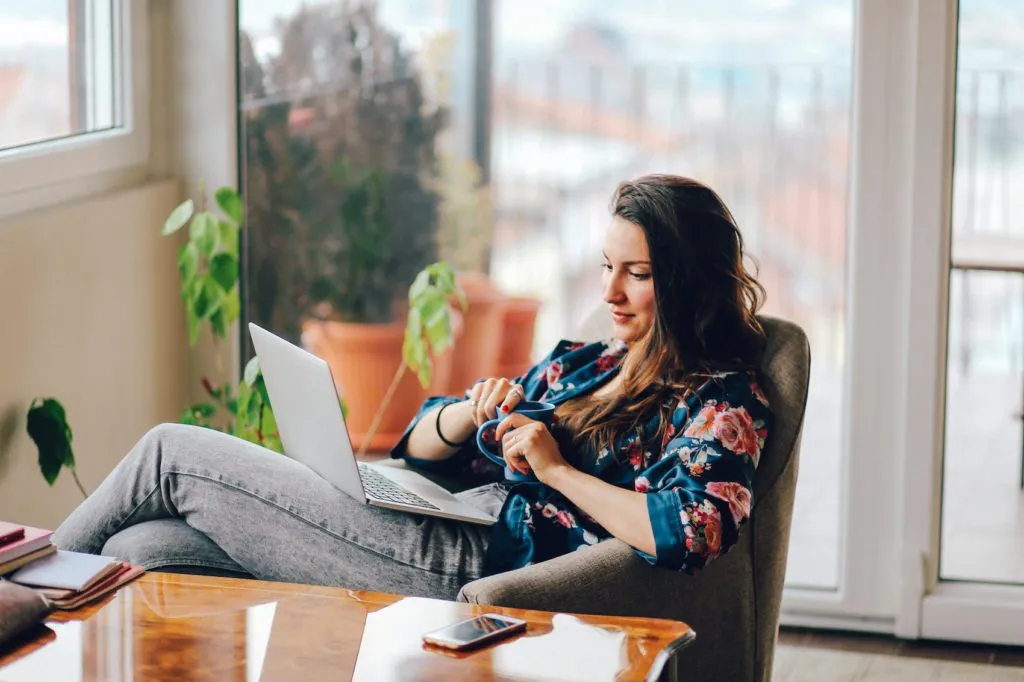Educating the Whole Child: 4 Steps for Setting up the Classroom Environment


If I hadn’t chosen to work in the field of early education, I’d probably be an architect.
I have always been fascinated with the aesthetics of physical environments, including learning environments. I marvel at how children experience a classroom space through all their senses and the impact that all this sensory input has on their learning, decision-making, and socialization.
Why Spend Time on the Physical Environment?
Simply put, the ways in which both adults and children experience the classroom matter.
Teachers and children spend a great deal of time in this space; we need to be intentional as we set up and maintain the physical space because of its direct impact on engagement, behavior, and mental well-being.
Let’s think of it like this. Imagine that you have just rented your first apartment. This apartment is a loft—one, big, open space. As you walk into this new space, you begin to imagine the best place for your kitchen table, which area of the room is ideal for your bed, where you might have a spot for quiet relaxing or reading, and maybe where you might have a space for working out or entertaining guests.
What you are doing—whether you are just thinking about it or actually sketching it out on paper—is designing well-defined areas within this open space that makes the most sense for various uses and needs. For example, you’d most likely put your kitchen table near the sink and stove and your bed in a quieter corner that allows for privacy.
This is exactly how we begin to think about our classroom’s physical space. To get a better idea of how this planning process plays out for a classroom, let’s go through the steps using the guidance from The Creative Curriculum for Preschool. Here are some points to think about as you either set-up a classroom initially, evaluate the effectiveness of your space during the course of the year, or begin planning for the next year.
Setting Up and Maintaining an Effective Environment
1. Getting Started
As you get started, you’ll want to establish “interest areas” (think of them like the “rooms” within that loft apartment) within your overall space, such as a Block area, Dramatic Play area, Library area, Art area, Sand and Water area, Discovery area, Toys and Games area, and Music and Movement area. Well-defined interest areas provide structure and stability that foster a child’s independence, increases exploration and engagement with materials, and decreases challenging behaviors. Well-defined areas also support preschool children’s preference for small-group settings where they can concentrate on their work, build deeper relationships with other children and the teacher, and learn how to participate cooperatively and constructively in group situations.
The Creative Curriculum for Preschool, Volume 1: The Foundation, Chapter 2, “The Learning Environment: Setting Up and Maintaining the Environment” provides basic information for how to create a meaningful, purpose-filled environment.
2. Filling Each Space
Now that you know which interest areas are needed in your classroom, you will need to determine the location, furnishings, and materials for each interest area.
As you think of where these areas may be located, consider what you and the children will need for the learning experiences offered in each area. Which areas need to be near a sink or on tiled or protected floors? Which areas would benefit from natural light? Which areas need to be cozy and quiet and away from noisier areas and busy traffic patterns? Which areas need tables and chairs? Which areas need access to electrical outlets?
All of these questions will help you think about how children access and use the materials you will place in them. For example, access to natural light through a window would help children working in the Discovery area make detailed observations and support experiments involving living plants or sunlight. Furnishings such as a worktable and a shelf for materials and tools would support children’s independent explorations.
The Creative Curriculum for Preschool, Volume 2: Interest Areas is devoted to setting up and maintaining your classroom’s interest areas! Each interest area is covered in detail in its own chapter.
3. Supporting Learning
Now it is time to think about maximizing the space for learning. This is where our thinking becomes deep as we consider what we know about children’s skills, abilities, knowledge, their interests, their families, and the school community. For example, you might add clay to the Art area because you have observed that a few children in your class need support in fine-motor skills development. You might add a poster of the local subway system to the Block area if many of the children in your classroom take the subway to school. The Library area is a great place for responding to individual children’s interests, as you can simply swap in books or magazines about different topics.
We know that children learn about themselves, other people, and the world around them through purposeful play. When we are thoughtful about the materials that we choose to support children’s development, learning, and interests, children will drive their own learning; pursue their own passions; and, most importantly, become lifelong learners.
The Creative Curriculum for Preschool provides guidance on materials that teachers can add to each interest area to maximize the opportunities for learning.
4. Ensuring Success
It is so worth the investment in time and energy when you know that the decisions you are implementing will help you make the most of your classroom’s physical environment.
To ensure that this is indeed what’s happening, make a habit of repeatedly evaluating your environment to continuously support children’s skills, abilities, and interests. Each week as you observe children, write down notes about materials that you may need to swap out or add based on what you know about children’s skills, abilities, and interests.
You will find great support in this work by referring to the guiding questions for evaluating the physical environment in The Creative Curriculum for Preschool: Volume 1: The Foundation, Chapter 2, “The Learning Environment.” I suggest visiting these questions after each checkpoint or quarterly.
The classroom’s physical environment has the power to improve children’s level of engagement; enhance their learning; decrease negative behaviors; and become the “home” for your caring, collaborative classroom community. Fortunately, none of us have to go to architecture school to know how to make all of that happen, because The Creative Curriculum gives us all the guidance we need.

An Early Childhood Educator’s Guide to a Whole-Child Approach
For everything you need to know about the whole-child approach, download our free eBook today.